Top 10 Concrete Machinery Innovations Changing Construction in 2025
1. Self-Curing Concrete 3D Printers
Robotic arms with integrated moisture sensors now deposit concrete while monitoring hydration levels in real-time, reducing cracks by 40% compared to traditional methods.2. AI-Powered Batch Plants
Machine learning algorithms optimize mix designs based on weather data and material properties, achieving 15% cement reduction without compromising strength.
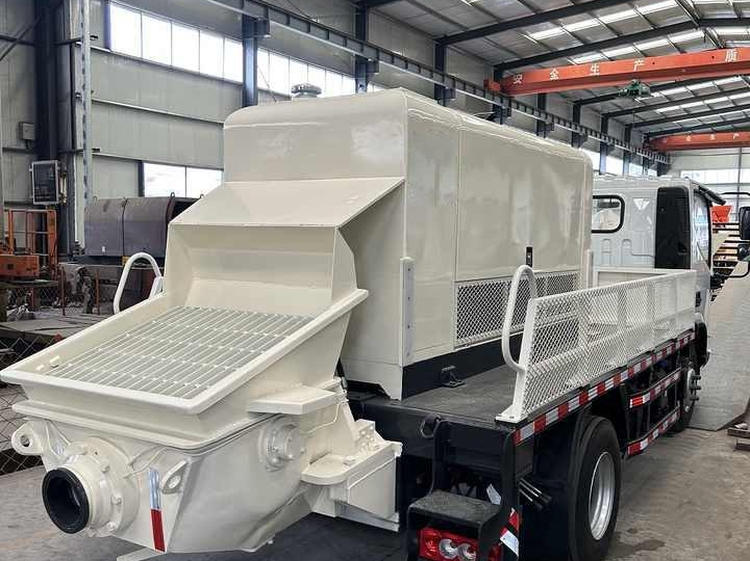
3. Carbon Capture Mixers
New attachment systems capture up to 30% of CO₂ emissions during mixing, converting them into mineral additives through proprietary chemical processes.
4. Autonomous Concrete Pumping Drones
Heavy-lift UAVs with 500kg payload capacity enable precise concrete placement in inaccessible areas, cutting tower crane dependency by 25%.
5. Self-Healing Concrete Injection Systems
Robotic repair units automatically detect micro-cracks using ground-penetrating radar and inject bacteria-based healing agents.
6. Modular Batching Plants
Containerized units with plug-and-play configuration reduce setup time from weeks to 48 hours, ideal for disaster relief projects.
7. Graphene-Enhanced Mixer Drums
Nano-coated interior surfaces decrease adhesion by 70%, significantly reducing cleaning water consumption.
8. Smart Vibration Platforms
IoT-enabled vibrators adjust frequency automatically based on concrete slump test results transmitted via 6G networks.
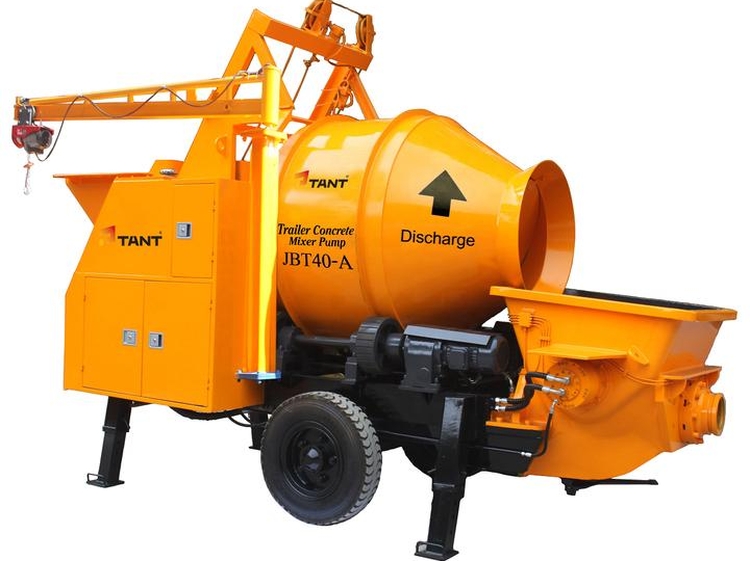
9. Solar-Powered Curing Tents
Flexible photovoltaic membranes maintain optimal curing conditions while generating 20kW/h of renewable energy daily.
10. Blockchain Material Tracking
Embedded RFID tags in aggregate bins create immutable records of material provenance and mix ratios for green certification.
Industry Impact: These innovations collectively reduce construction timelines by 35% while cutting carbon footprint by 28%, according to WEF 2025 Construction Tech Report.
 Global Concrete Machinery Mark
Global Concrete Machinery Mark
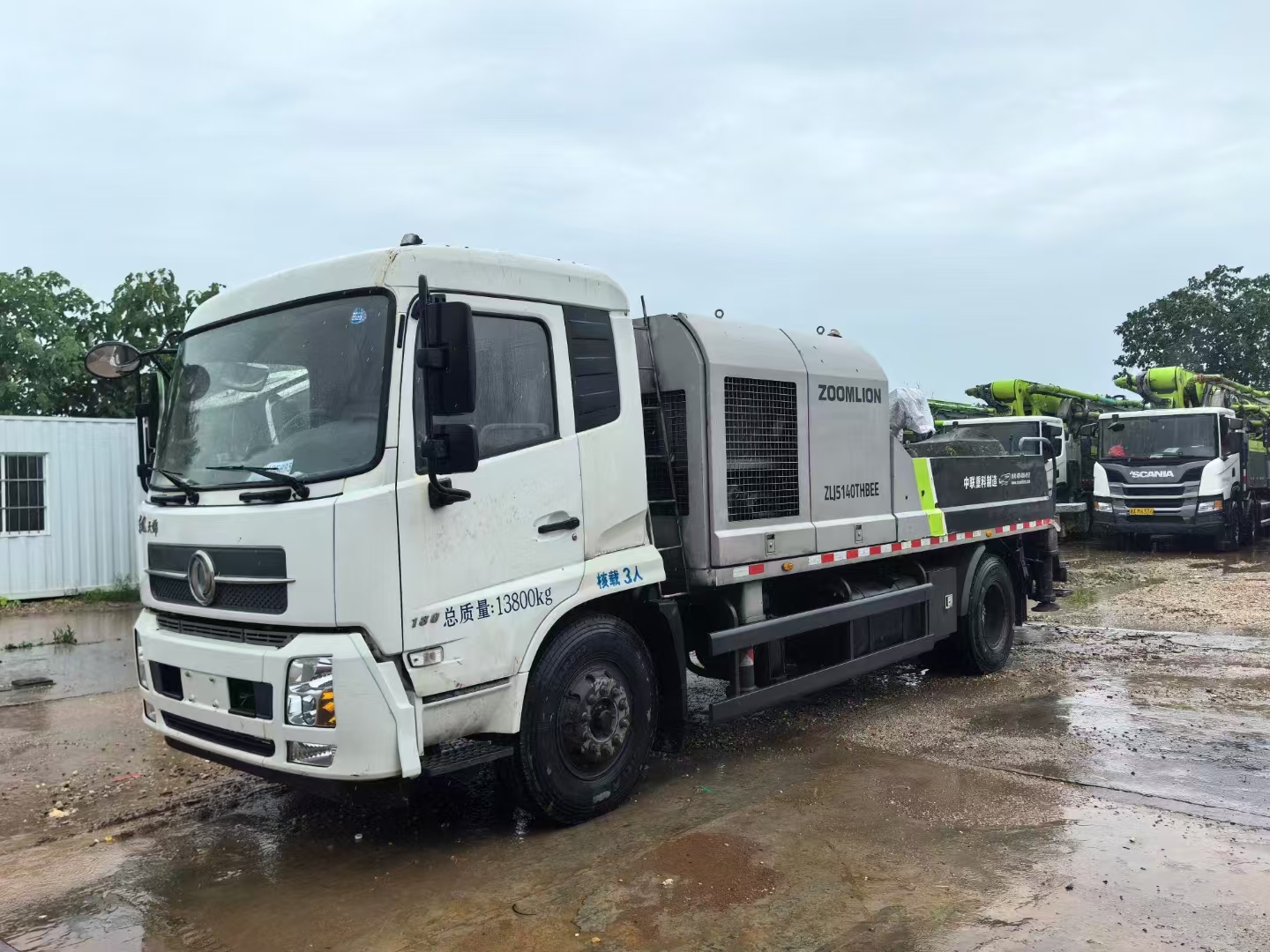 Concrete Recycling Machinery:
Concrete Recycling Machinery:
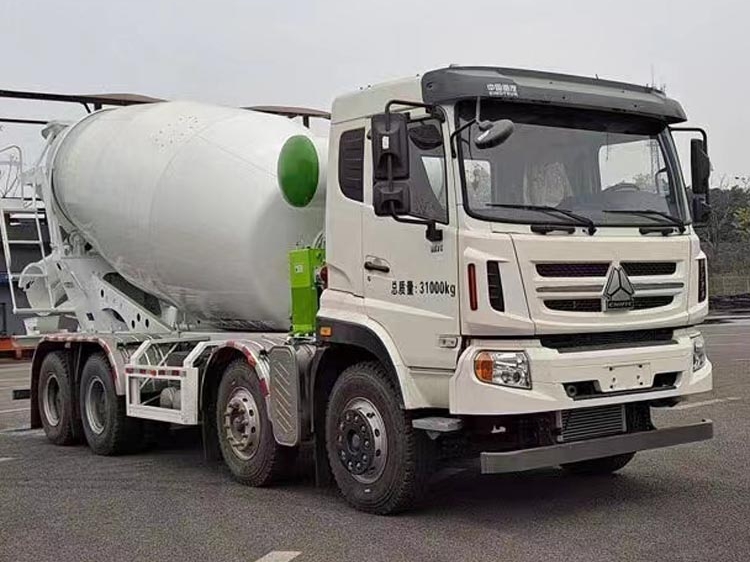 Latest Technological Advanceme
Latest Technological Advanceme
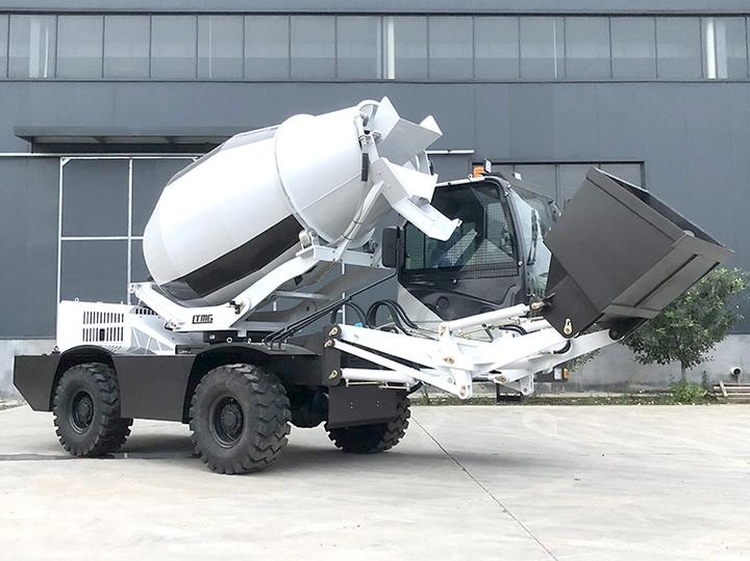 Energy-Efficient Concrete Mach
Energy-Efficient Concrete Mach
